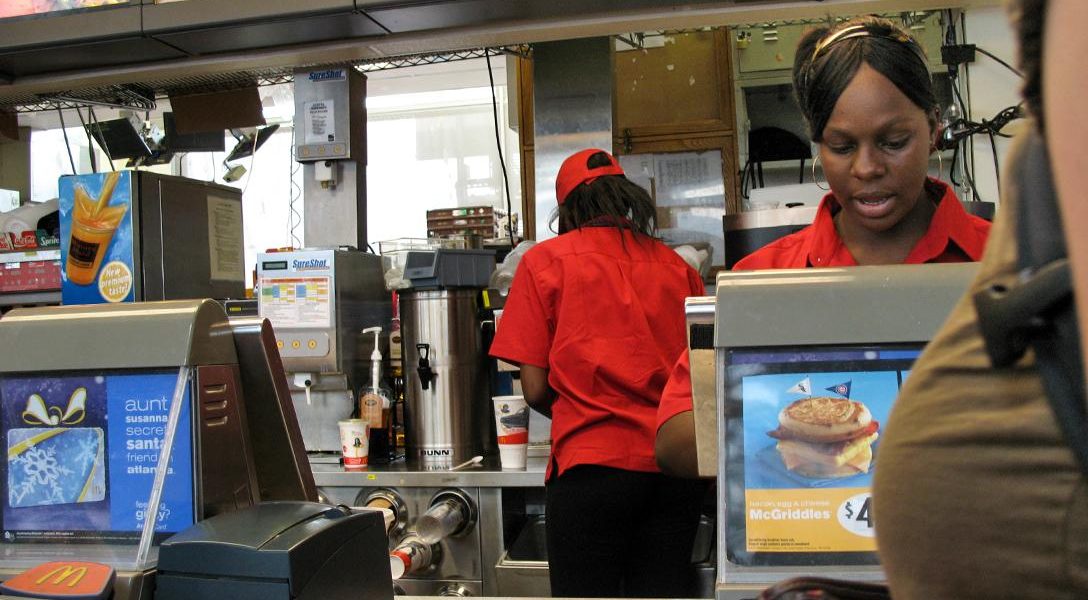The “real” America lives beyond national statistics, as these profiles of three bellwether counties demonstrate.
Janet Yellen, the head of the Federal Reserve, can’t explain the disconnect between middle-class frustration and the national statistics on the economy that show a low jobless rate, a healthy stock market, and a strong dollar.
Similarly, the mainstream media were taken by surprise when populist anger stoked the success of Sen. Bernie Sanders and Donald Trump.
Former Secretary of State Hillary Clinton, campaigning for the presidency, understands there are pockets of bad news in some parts of the country. The economy, she concedes, is “not peachy keen.”
But in hundreds of neighborhoods across the country, particularly in hard-hit states like Florida, Ohio and Pennsylvania, the reality is very far from “peachy.” Indeed, the economic reality in three counties in those states, often considered accurate predictors of the results of presidential elections, remains bleak.
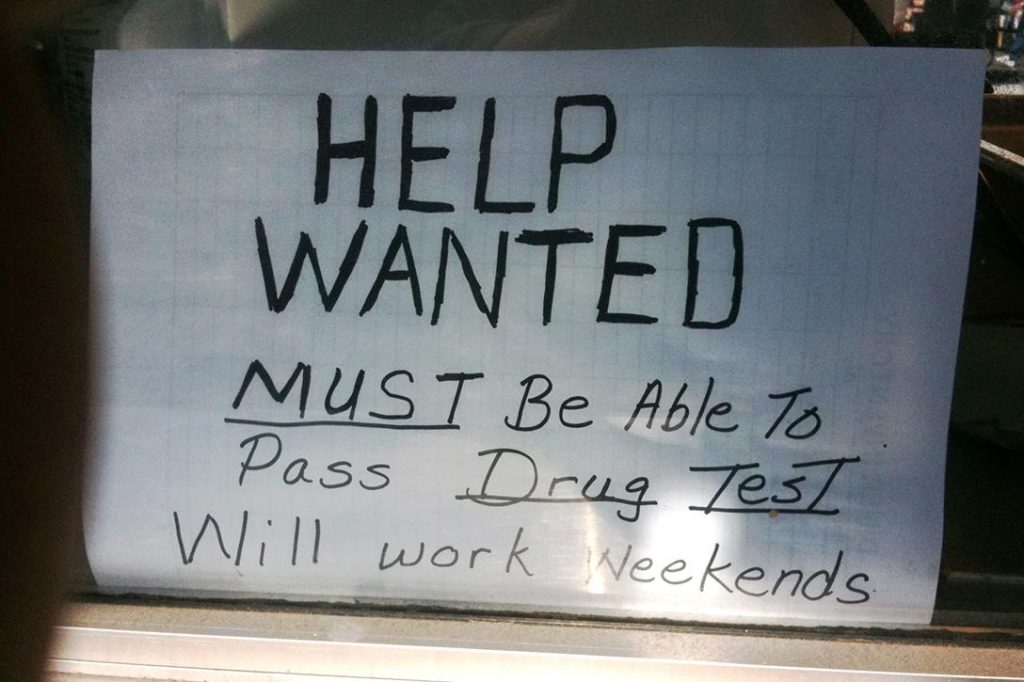
Emilia Istrate, director of research and outreach for the National Association of Counties (NACO), told WhoWhatWhy that voter concerns are totally understandable if one drills down deeper into county-by-county data.
“We’re finding these national economic numbers actually mask the facts on the ground,” Istrate said. “You have to look at the county level because that’s where people actually live. Each county has its own economic narrative.”
Could it be that the corporate news media misunderstood what prompted the rise of Trump because it has become wholly disconnected from the daily economic reality of people who continue to struggle?
NACO has been tracking the economic performance of all 3,069 US counties, using four criteria to measure the quality of their recovery from the Great Recession. NACO monitors each county’s unemployment rate, job creation, GDP and median home price.
“Only 214, or 7%, of the counties have experienced a recovery based on all four criteria,” said Istrate. “And 16% of counties have not recovered on any of the four criteria.
“Of the 126 largest counties, with more than a half-million residents, only 17 have recovered by all four indicators.”
Could it be that the corporate news media misunderstood what prompted the rise of Trump because it has become wholly disconnected from the daily economic reality of people who continue to struggle?
After all, reporters traditionally belonged to the working class. It was not until the advent of television that some journalists began receiving massive compensation that put them in the ranks of the privileged.
Today the journalism profession, which provides the political class their situational awareness, reflects the same kind of lopsided pyramid structure that defines the rest of our economy — huge compensation at the top, and a vast army of marginally compensated workers at the bottom.
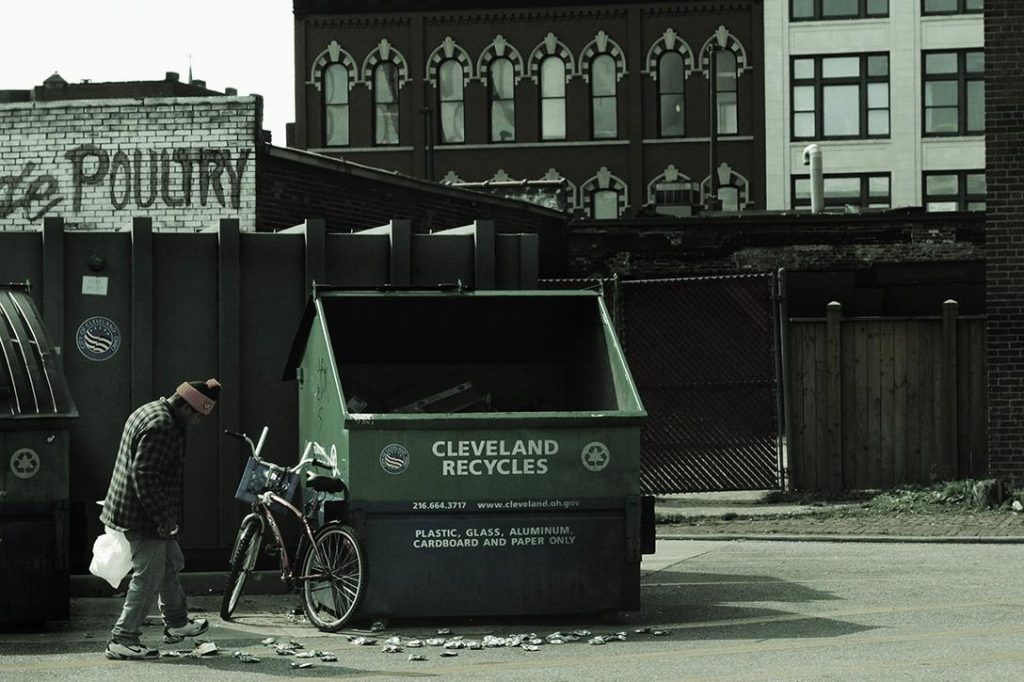
Three Bellwether Counties that Made History
.
It is only through the prism of place that we can get the granularity we need to tell the 21st century American story.
Along with Broward County in Florida, the counties that include Cleveland (Cuyahoga) and Philadelphia (Philadelphia) provided President Obama with his re-election margin of victory, thanks to an unusually high turnout from young African-American voters for whom the recovery still remains elusive.
The history of all three places shows a kind of American continuum that stretches from the country’s colonial, largely agricultural beginnings, through its 19th and 20th century manufacturing phase, up through its late 20th and early 21st century demographic and population shifts; this last stage can be described as “suburban sprawl meets globalization.”
The most recent data reveal a shrinking middle class in all three counties, and a disturbing increase in the ranks of the poor and those living paycheck to paycheck. In all three places young people, particularly of color, are finding it much harder than their predecessors to land that critical, first full-time job.
The reasons range from decisions by older workers to remain in the workforce to a fundamental shift away from an economy based on steady, permanent employment toward what’s been called the gig economy, where jobs are increasingly temporary and ad hoc.
Across the nation, according to Opportunity Nation, a nonprofit, nonpartisan think tank, close to six million young adults between the ages of 16 to 24 are not working and not in school. That’s a larger population than 30 of the states of the Union, the District of Columbia and Puerto Rico .
According to the US Bureau of Labor Statistics, the jobless rate for young people is twice the national unemployment rate, and even higher for young persons of color.
“On any given day there are hundreds of able bodied young men from their late teens to early twenties just hanging out and there is no plan for them,” Honkala told WhoWhatWhy. “And there is a direct link from this situation to the prison population.”
The new economic reality has serious consequences for the young people who are idle, in terms of diminished lifetime earnings potential and the increased likelihood they will get caught up in the criminal justice system.
Joblessness also means lost property-tax revenue and higher social-welfare burdens for communities.
For young people living in hard-hit places like Cleveland, Philadelphia and Broward the climb out of their marginal societal status is especially steep.
The Underside of Sunny Florida
.
In Broward County, according to Lars Gilberts, with Florida’s United Way, between 2007 and 2014 the poverty rate spiked from 10% of county households to 14%.
But Gilbert says aggregate county poverty data alone doesn’t give an accurate picture of the hardship people in Broward encounter everyday.
United Way uses an analytical tool it developed called ALICE, an acronym that stands for households that are asset limited, income constrained, but employed.
In contrast to the federal definition of poverty, ALICE includes what it costs locally to find housing, buy food, use transportation, provide child care, access health care and pay taxes.
These numbers, which can vary widely even within the same state, offer a more accurate picture of the challenges a family faces living paycheck to paycheck, according to United Way. The group has conducted the same comprehensive research in California, Connecticut, Indiana, Michigan, New Jersey, Idaho, Oregon and Washington.
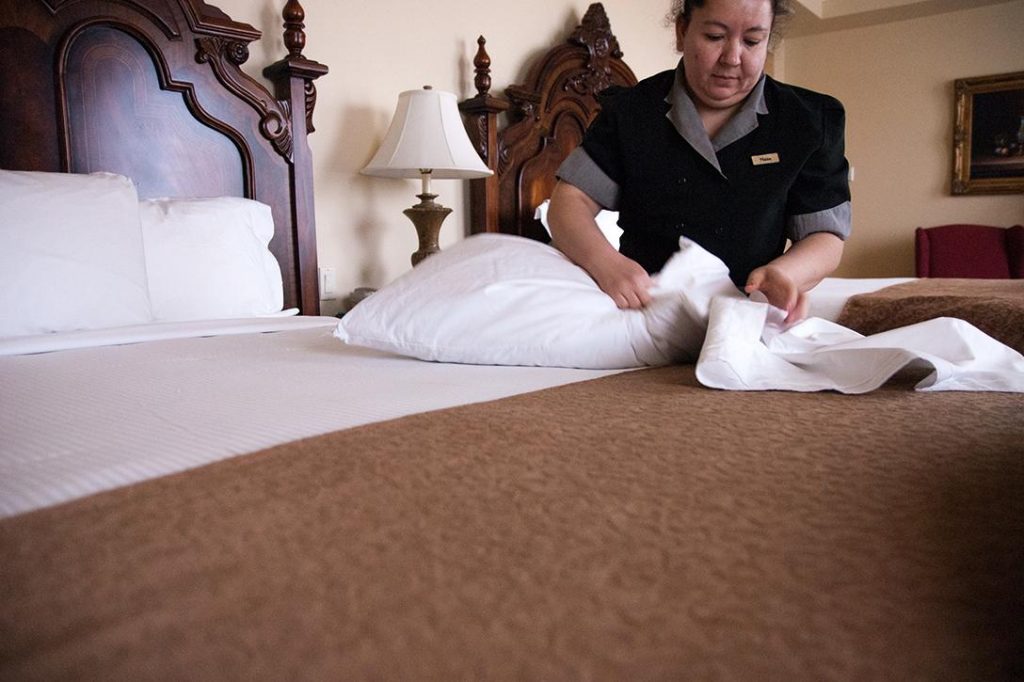
Bottom Line: Too Few Good-Paying Jobs
.
“Even though the employment rate is up where it was pre-recession, the number of people that are really struggling continues to grow,” said Gilberts. “The reality is the vast majority of jobs being created are paying well below $15 an hour.”
The result?
“Over the same seven-year period from 2007 to 2014 we saw the number of ALICE households go from 27% of our population to 31%,” Gilberts told WhoWhatWhy. For Broward County the combined%age of impoverished and struggling households went from 37% of the overall county population in 2007 to 45% just seven years later.
Besides low-paying jobs, Gilberts says the poor and working poor have to deal with a booming rental market responding to the many senior citizens from elsewhere who move to Broward to retire. “Keep in mind that means that in some of our communities down here, 25% of our population is paying more than 50% of their income just for shelter,” said Gilberts.
According to United Way’s data tracking of households in poverty and those struggling paycheck to paycheck, 46% of families in California fall into one or the other category. It’s 40% in Michigan, 37% in Indiana and New Jersey and 35% in Connecticut .
A Massive Crisis in Plain Sight
.
In both Cleveland and Philadelphia the legacy of long-term societal neglect is clear. There are 6,000 abandoned homes in Cleveland and 20,000 more have already been demolished. In Philadelphia, there are currently 40,000 vacant lots and “zombie” homes. In both cities, childhood poverty is as high as 50% in some neighborhoods.
The decline of cities like Cleveland and Philadelphia has been in the works for decades. It’s been all downhill from the Federal highway program in the 50s that spawned suburbia and facilitated the white flight that followed the new roads out of these places.
According to environmental psychologist Dr. Michael Edelstein, the history of these aging industrial hubs casts a shadow over their future in ways not immediately visible.
“All of these old industrial sites are highly contaminated,” said Edelstein, who has studied both Love Canal and the region around Chernobyl. “If anyone was paying attention they would find all kinds of potential Superfund sites. It is hard to expect capital re-investment in these places because you have to be willing to take on the legacy of that contamination.”
“In many of these neighborhoods abandoned by industry the whole social structure has collapsed down to the family,” Edelstein told WhoWhatWhy. “In its place you see the emergence of gangs, drugs and despair.”
Against All Odds — One Philadelphia Story
.
Cheri Honkala has been a community organizer for over 30 years in the Kensington section of Philadelphia, once among the world’s leading textile manufacturing centers.
“Today the Kensington food pantry has barbed wire all around and young men sell drugs to survive and young women work in the sex industry,” said Honkala, who works with the national Poor People’s Economic Human Rights Campaign.
In sections like Kensington, mired in poverty, air conditioning is a luxury. Three deaths in the city were attributed to the extreme heat in just the last week. “It’s terrible. We had ten people shot in five hours and people are just sitting in their own sweat.”
“On any given day there are hundreds of able bodied young men from their late teens to early twenties just hanging out and there is no plan for them,” Honkala told WhoWhatWhy. “And there is a direct link from this situation to the prison population.”
Honkala, who was a vice-presidential candidate for the Green Party in 2012, says Kensington’s fate was made worse by three policies championed by President Bill Clinton: free trade as reflected in NAFTA, the end of welfare “as we knew it,” and the zealous prosecution of the war on drugs, which criminalized addiction.
Honkala says it’s more than ironic that Kensington was the starting point of the 1904 March of the Mill Children, which was organized by Mary Harris “Mother” Jones to highlight the exploitation of millions of children working in the nation’s textile and coal industries.
The march, which went on to New York City, and reached the Long Island summer home of President Theodore Roosevelt, coincided with a strike by 46,000 Philadelphia textile workers. At the time, it was reported that one in six of America’s children were in the workforce, earning meager wages to help their families out.
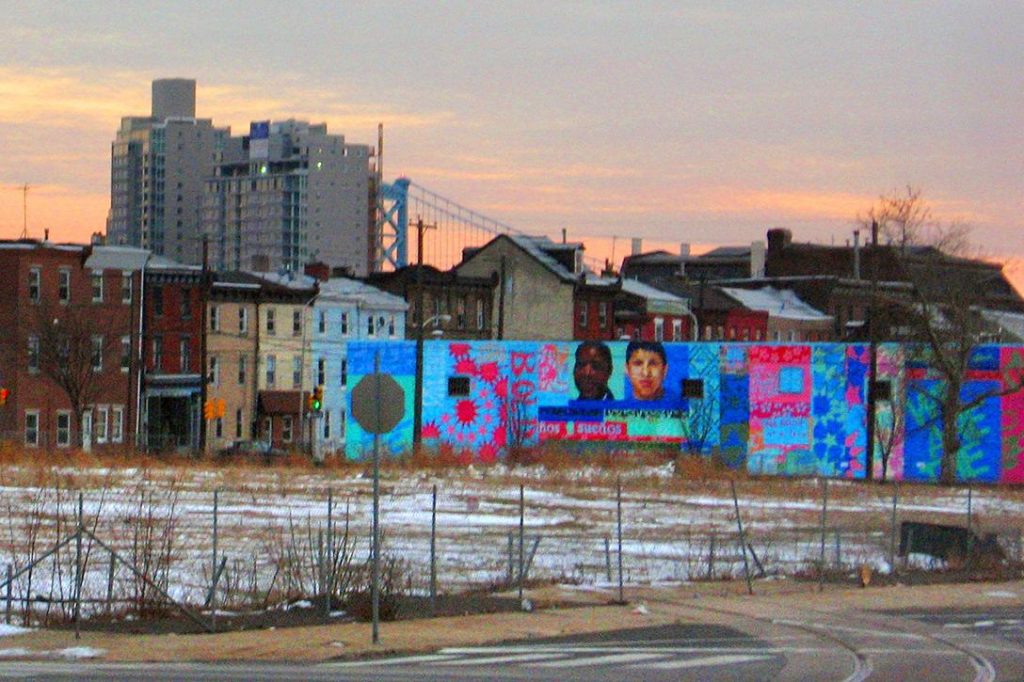
Today, Honkala’s group works with young people whose problems are all too often ignored by a celebrity-besotted media industry.
Luciano Soares, 23, born in the US, was thrown out of his house at 15 by his Peruvian father, who was later deported. “My mother was in Spain at the time and I could not attend college because my dad was an illegal immigrant and I had no way to prove our household income.
“There are no jobs in Philadelphia. You feel impotent. So I had to sell drugs to get by,” Soares said. “You are either selling drugs or working as a lookout for a drug dealer. I was staying in twenty different houses.”
Things started to turn around when Soares was taken in by Tara Colon, who was working with Honkala on local welfare-rights issues.
“The only job I could get was a temp job that paid $7.25 an hour and they would charge you $35 dollars a week for the van they picked you up in that took you 40 minutes out on the highway to the warehouse,” Soares said. “You’d see three generations working in this place, the kids, the parents and the grandparents.”
Soares’s big break came when his older sister found him a union job working for a commercial mailing house. “You don’t know how great it feels to get $300 a week, it’s like heaven,” Soares told WhoWhatWhy. He called himself a lucky exception to how things usually play out for people from Kensington. He knows young men who did not survive their experience working the streets to get by.
Soares says he owes a lot to the community organizers that he’s now working with.
“I want to go to college and help with this movement that lifts up people like me,” Soares told WhoWhatWhy.
Impoverishing the Middle Class in Cleveland
.
According to the Pew Research Center, Cleveland’s middle class is collapsing at a faster rate than the rest of the nation. Consider that between 2000 and 2014 the%age of upper income households held steady at 22% in Cleveland. During this same period the ranks of the middle class shrank from 57% down to 52%. At the same time, the%age of households in the poorest tier spiked from 21% of all households to one in four.
Meanwhile, the median household income for Clevelanders dropped from $78,487 annually to $67,598.“We are still seeing a major problem with underemployment when it comes to Northeast Ohio,” said Lou Tisler, Executive Director of Neighborhood Housing Services of Greater Cleveland. “The foreclosure crisis continues to disproportionately impact neighborhoods of color because the terms of their mortgage loans were predatory to begin with.”
One of the most pernicious aspects of the ongoing crisis is that it produces vacant homes, undermining existing property values for the families still hoping to stay in Cleveland. As the tax base erodes, local officials make up the shortfall by further raising the property taxes.
Faced with declining home values, families find it difficult to finance needed repairs, such as a new roof that could cost well over $10,000. “The minute your roof starts leaking your house is in a world of hurt,” Tisler told WhoWhatWhy.
Hitting The Road
.
Still days out from the traditional Labor Day start of the general election campaign, Hillary Clinton is promising to be a change agent for rust belt cities in swing states, which were struggling even before the 2008 Wall Street meltdown.
On a campaign bus trip into western Pennsylvania, immediately after the Democratic convention, Clinton told a skeptical crowd: “I’m not telling you everything is peachy keen. I’m telling you we’ve made progress but we have work to do.”
In those initial post-convention appearances, and repeatedly since, Clinton has talked about increasing infrastructure spending and encouraging a better deal for the American worker.
Yet, her proposals don’t seem scaled-up enough to reverse the decades of disinvestment in America’s cities and the impact of that disinvestment on the children and young adults that have called these places home for decades.
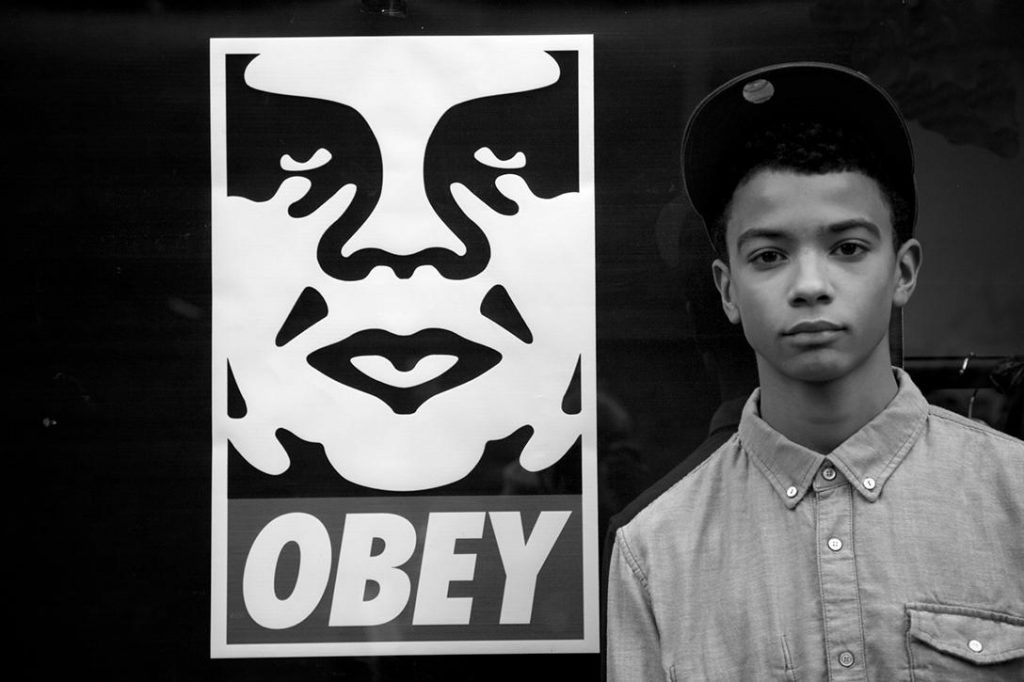
Mass Incarceration Is Not a Rounding Error
.
The dismantling of the US industrial base in these communities, thanks to trade deals like NAFTA, along with the war on drugs that disproportionately targeted African-American and Latino men, has left a legacy of economic deprivation and family disintegration.
Both Cleveland, site of the GOP convention and Philadelphia, where the Democrats convened, are emblematic of this urban decline that’s long been at crisis proportions but has largely been ignored by a Washington ensnared in partisan political battles.
Even as the stand-off deepened, the ranks of the poor continued to grow and become more diverse, spreading out into suburbia and increasing even among married and college-educated cohorts. In the 1970s, about 25 million Americans were living in poverty. Based on the latest data available, that’s up to 47 million — a figure that does not include the growing ranks of paycheck-to-paycheck households that the United Way has identified across the country.
According to the Brookings Institute’s “The Growth and Spread of Concentrated Poverty” between 2008 and 2012 our urban poor population grew overall by 21% “while in the suburbs, it more than doubled.”
In almost every major metropolitan area in the country, the number of suburban families living in high poverty and distressed neighborhoods went up.
Over the same period, the%age of white households living in census tracts where at least 20% of the population is below the poverty line, spiked from 30% to 37%.
“Although severely concentrated disadvantage remains a predominantly urban phenomenon, suburbs now have nearly as many poor residents in high-poverty neighborhoods as cities. If these communities are ignored, they could become areas of concentrated poverty over time,” concludes the Brookings report.
According to the US Census Bureau’s American Community Survey, Pennsylvania saw the number of poor residents jump from 1.23 million in 2000 to 1.69 million in 2013. For Michigan it went from under one million in 2000 to 1.69 million by 2013. Florida’s hike was exponential, going from from 1.98 million in 2000 to 3.2 million by 2013.
What’s happening across America is so much worse than things just not being “peachy keen.” You can’t see it from the air, only by walking block after block.
Related front page panorama photo credit: Adapted by WhoWhatWhy from North Philadelphia (Dennis / Flickr – CC BY-SA 2.0)
